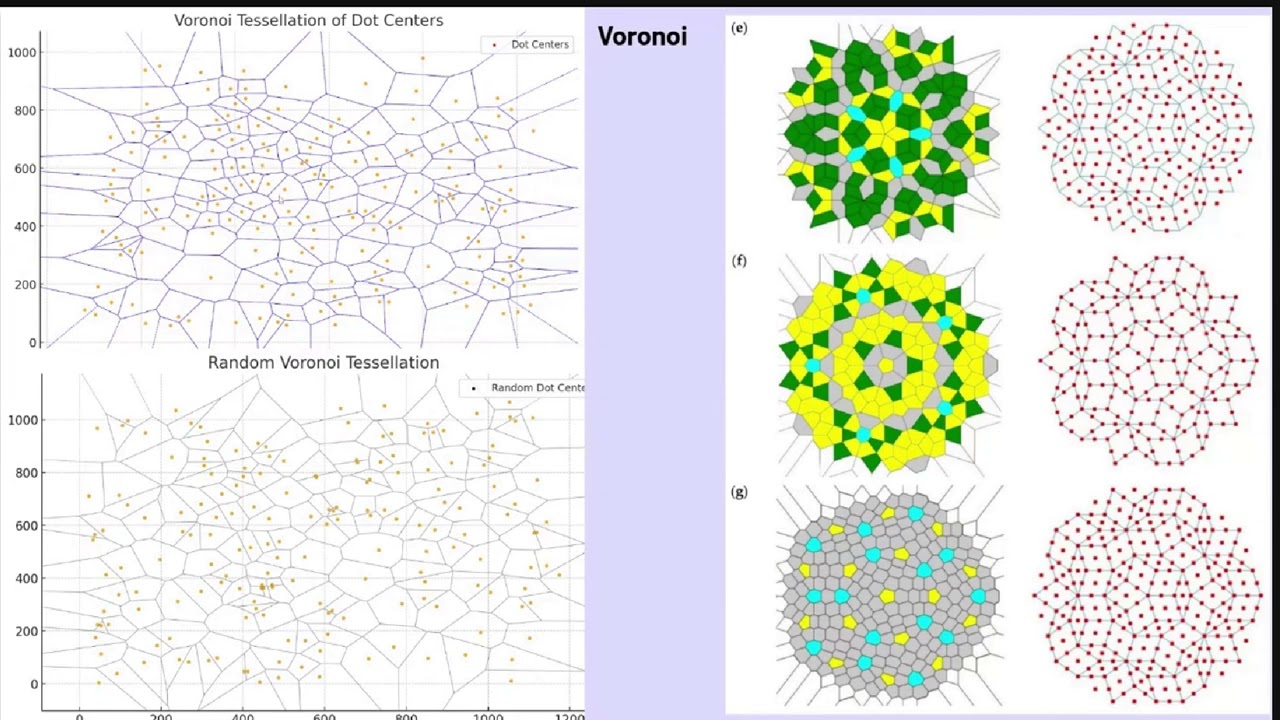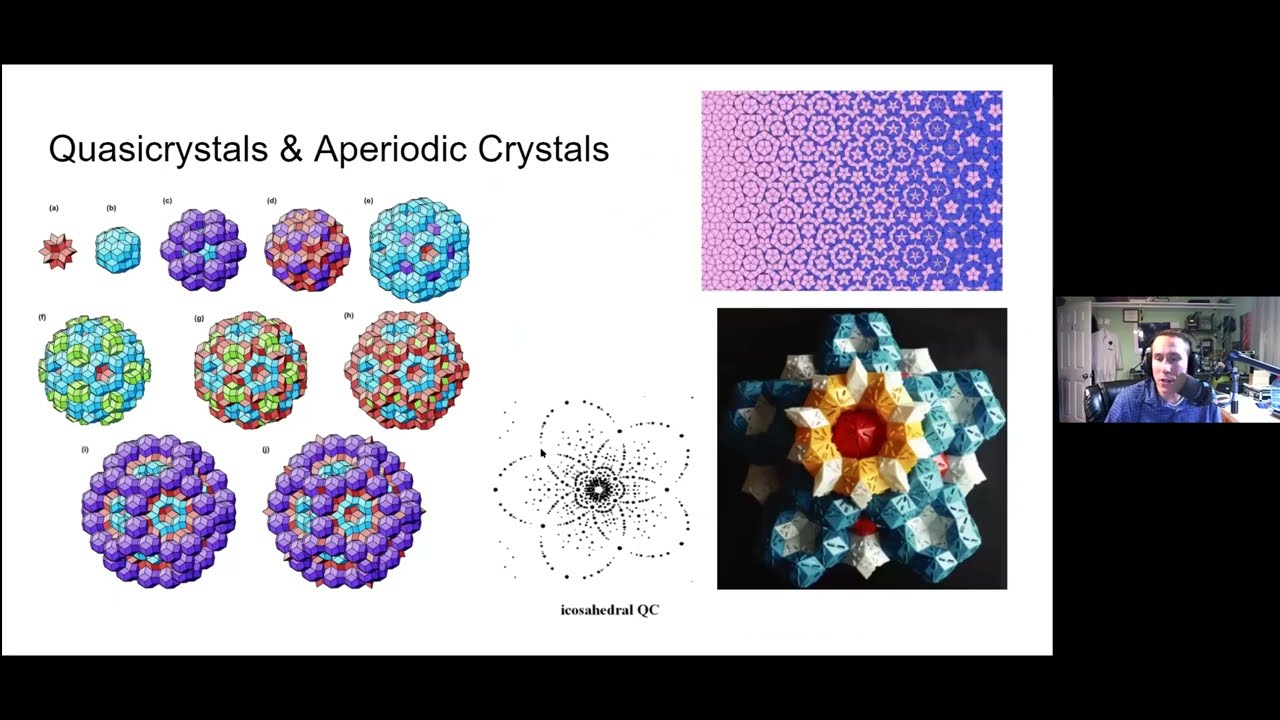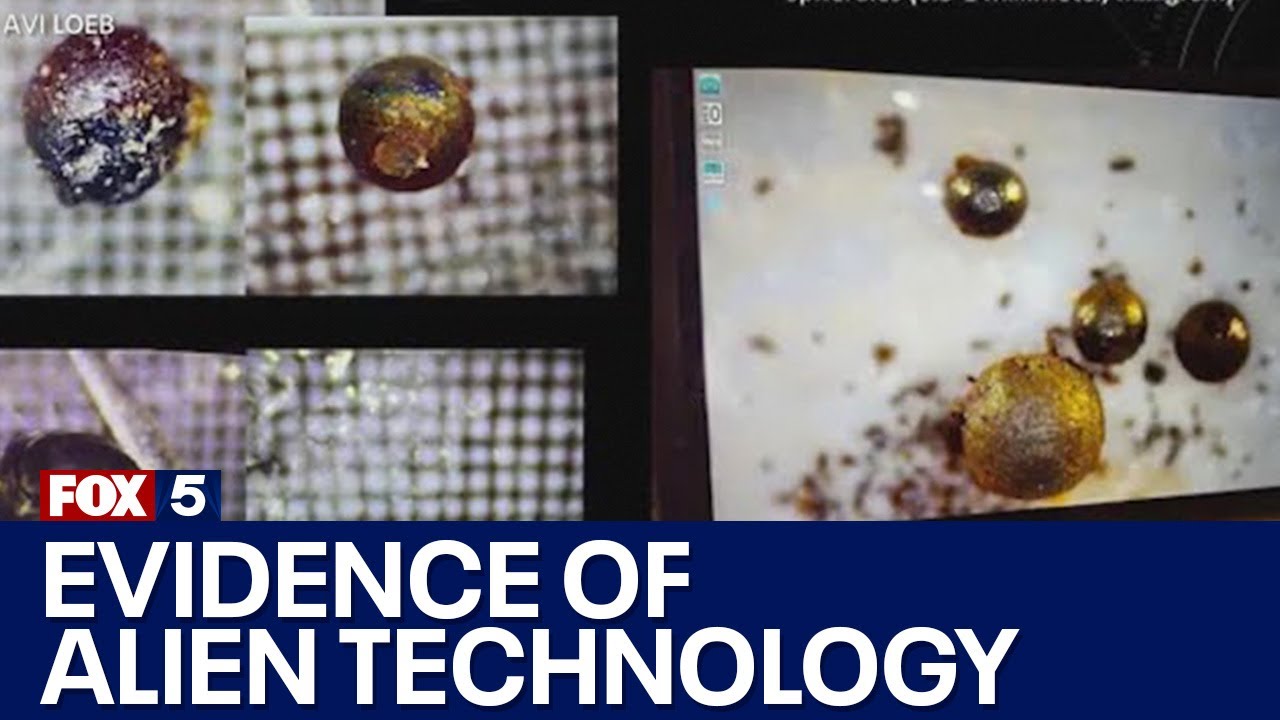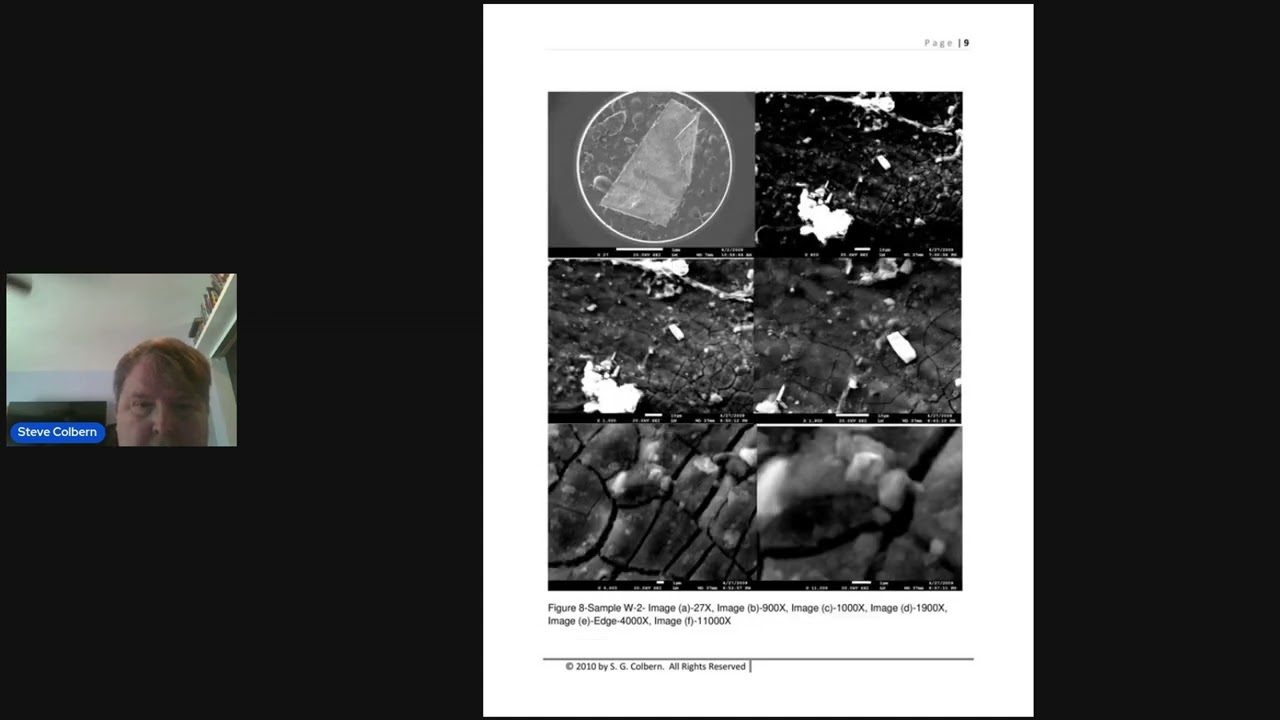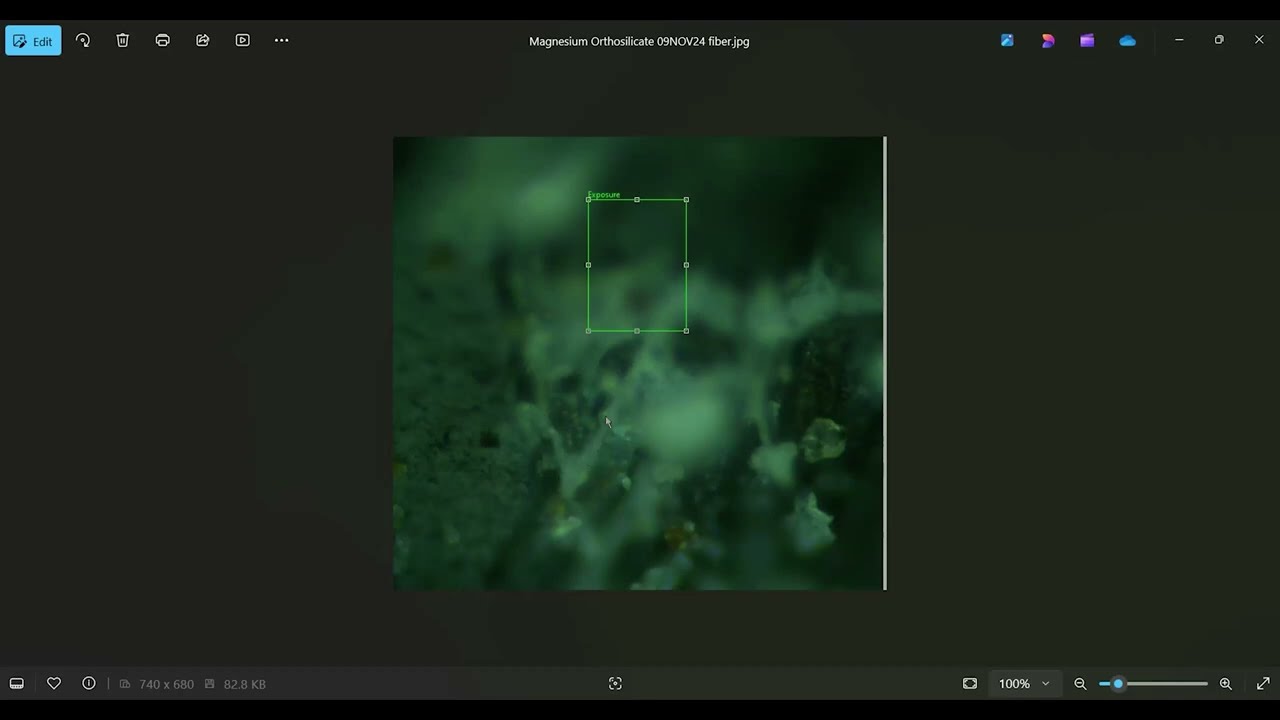Linda Moulton Howe on Arts Parts with Curt Jaimungal
Linda Moulton Howe discusses the Art’s Parts Bismuth-Magnesium layered sample with Curt Jaimungal. The sample is purportedly part of the hull scraped from wreckage of a UFO that crashed in Roswell, New Mexico in 1947. Linda discusses her 22-year investigation into a metamaterial—a layered bismuth, magnesium, and zinc alloy—allegedly recovered from a late 1940s UFO crash. The material, initially sent to Howe anonymously in 1996 along with diary entries from a deceased military sergeant, has baffled scientists due to its unique atomic/molecular structure and apparent lack of bonding between layers. Analysis revealed unusual isotopic ratios and unexpected ionization properties. While numerous scientists, including Hal Puthoff and Paul Chu, have examined the material, its origin and function remain a mystery.
This interview discusses attempts to replicate the material and build a terahertz frequency generator, theorized to be related to the material’s properties, with inconclusive results. Ultimately, Howe sold the material to the US Army, hoping for further research and eventual public disclosure, despite concerns about potential government cover-ups. Howe expresses strong belief in the material’s extraterrestrial origin, supported by the material’s unique properties and her extensive investigation. The podcast highlights the ongoing debate surrounding the material’s origin and the challenges of researching advanced technologies.
The Origin Story: A 1940s UFO Crash and a Grandson’s Revelation
The saga began in April 1996 when Howe received a letter and metal samples from the grandson of a military security officer. The letter, transcribed from his grandfather’s diary, detailed a UFO crash in the late 1940s, the subsequent military cleanup operation, and the recovery of unusual metallic debris. The initial sample consisted of what the sender described as “pure aluminum,” originating from a craft that crashed sometime between 1948 and 1949, a timeline that differs from the well-known Roswell incident of 1947. This initial contact led Howe on a path of investigation that would span over two decades.
A month and a half later, a second shipment arrived, this time containing a different material: a layered composite of bismuth, magnesium, and zinc. This second sample, unlike the initial aluminum, exhibited unusual properties that would baffle scientists for years to come.
The Metamaterial: A Nanotechnology Marvel?
The metamaterial, as described by Howe, is a layered composite with a strikingly organized structure. Microscopic analysis revealed alternating layers of pure bismuth (1-4 microns thick) and a magnesium-zinc alloy (100-200 microns thick). The most perplexing aspect? These layers show no signs of bonding, a feat impossible to replicate with current human technology. This unique structure, along with the unusual isotopic ratios of magnesium found in the sample, suggests a non-terrestrial origin.
Scientific Investigations and Unanswered Questions
Howe’s investigation involved numerous scientists and laboratories, including the University of Michigan, the Carnegie Institute, and various experts in exotic metals and nanotechnology. Analysis using energy dispersive spectroscopy (EDS), scanning electron microscopy (SEM), and ion microprobe techniques revealed the material’s unique composition and structure. However, despite extensive testing, the material’s properties and origin remain largely unexplained.
One of the most intriguing aspects of the metamaterial is its potential interaction with terahertz frequencies. Hal Puthoff, a physicist involved in the investigation, suggested that the layered structure of the bismuth and magnesium-zinc alloy might act as a terahertz waveguide. Terahertz radiation, lying between microwaves and infrared light, is a relatively unexplored area of physics, and its potential applications, including gravity manipulation, are still largely theoretical.
The TTSA Acquisition and the Army’s Involvement
The acquisition of the metamaterial by TTSA in 2019 raised many questions. While the details of the acquisition remain somewhat opaque, it appears that the material was ultimately sold to the US Army. This raises concerns about potential government cover-ups and the suppression of information related to extraterrestrial technology. Howe herself expresses both surprise and concern at the Army’s involvement, noting the potential for classification of any findings.
Skepticism and Counterarguments
The metamaterial’s extraordinary properties have naturally attracted skepticism. Some have proposed alternative explanations, such as electroplating or vapor deposition, but Howe convincingly refutes these claims, citing the material’s unique atomic-level structure and the impossibility of replicating it using known human technologies.
The Unanswered Questions Remain
Despite years of investigation, the origin and properties of the metamaterial remain a mystery. Is it truly extraterrestrial technology? Does it possess the potential for gravity manipulation or other advanced capabilities? And what will the Army’s involvement ultimately reveal? The answers to these questions remain elusive, but the story of this enigmatic metamaterial continues to fascinate and intrigue, highlighting the ongoing search for answers in the realm of the unexplained. The ongoing investigation, and the potential for future discoveries, keeps the mystery alive. Further research and public disclosure are crucial to understanding the implications of this remarkable find.
Register For UFORev
Want to see more great UFO Reverse Engineering stories? Sign up for our mailing list to get exclusive access to captivating presentations, engaging events, and more!
RECENT POSTS
Art’s Parts Sample May Contain Quasicrystals
April 7, 2025
Space Age Materials for UFO Reverse Engineering
April 7, 2025
Harvard Physicist May Have Found Alien Technology
April 7, 2025
San Augustin: UFO Crash Recovery Sample Analysis
April 6, 2025
Art’s Parts: Metallurgical Microscope Analysis
April 6, 2025
